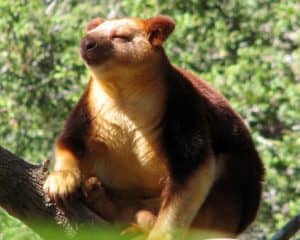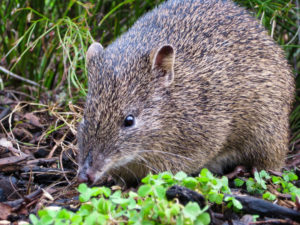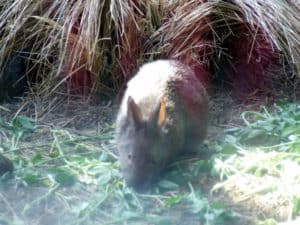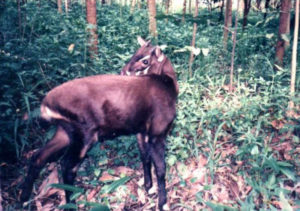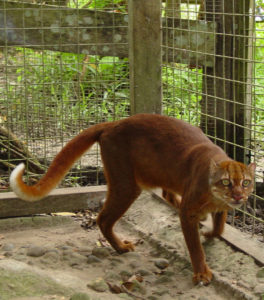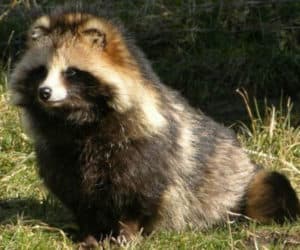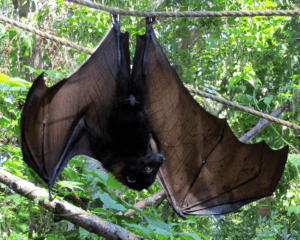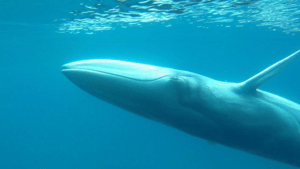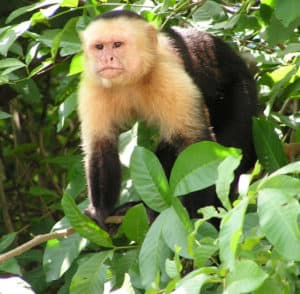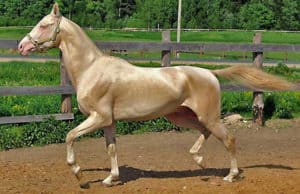
Marbled Cat Facts Related Articles Marbled Cat Physical Description The stunning Marbled Cat quickly captivates and amazes those few individuals ever fortunate enough to encounter one in the wild. The beautiful carnivore typically does so due more to its appearance, though, than its physical measurements. That’s because it’s smaller than many relatives. This tendency further […]Read More

